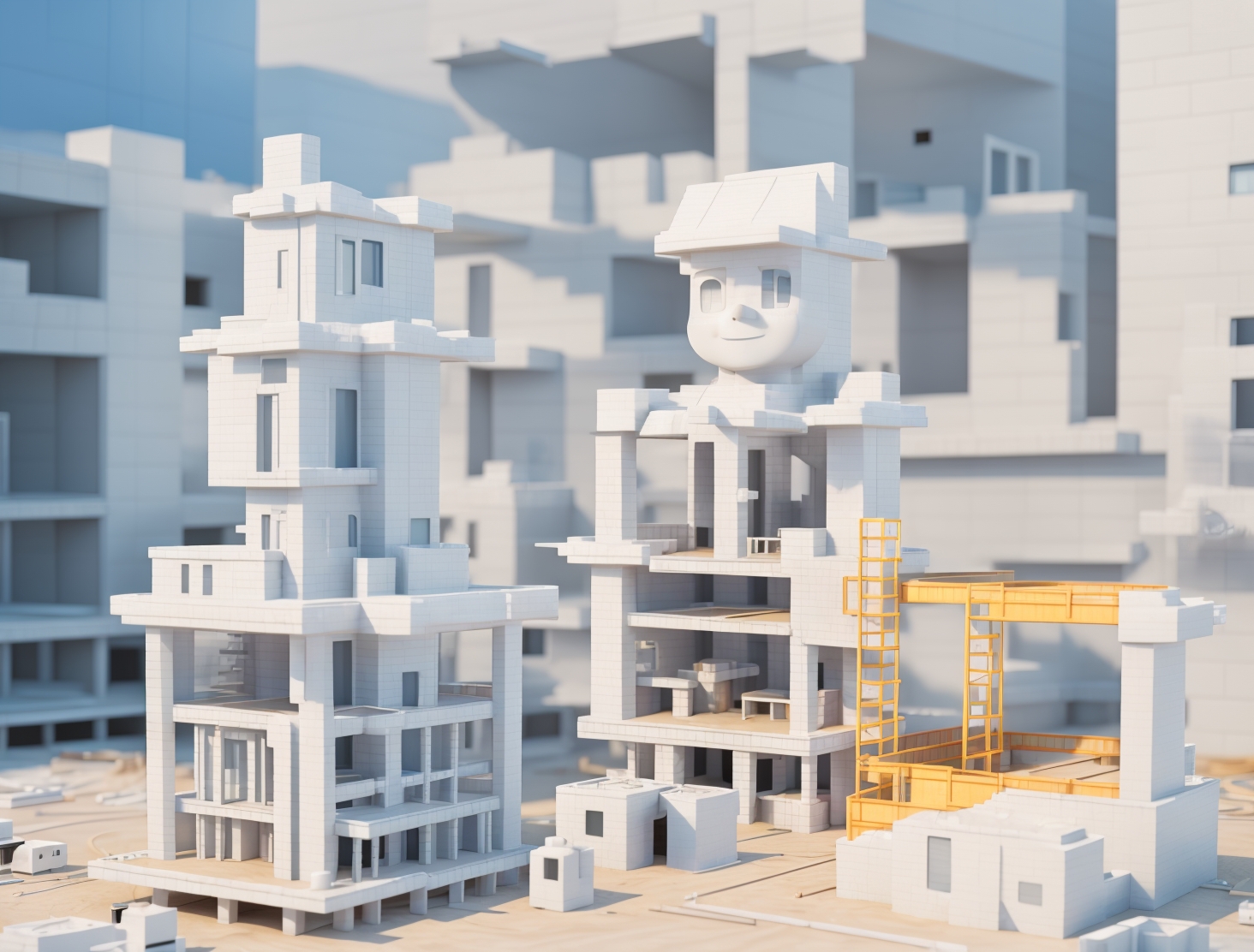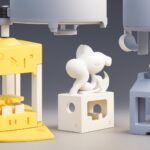3D Printing in Construction: Building the Future
### **3D Printing in Construction: Building the Future**
The construction industry is undergoing a technological revolution with the rise of **3D printing**. This innovative technology, known as additive manufacturing, is offering new possibilities in **housing**, **infrastructure**, and **sustainable building practices**. By significantly reducing material waste, construction time, and costs, **3D printing** is transforming how we think about building homes and structures.
#### **What is 3D Printing in Construction?**
**3D printing in construction** refers to the process of creating building components or entire structures using large-scale **3D printers**. These printers use various materials, such as concrete, plastics, and even recycled materials, to **build layers of construction materials** that form walls, floors, and other structural elements.
There are several different technologies used in **3D construction printing**, including:
– **Concrete 3D Printing**: This is the most common type, where a specially formulated concrete mix is extruded layer by layer to create walls and other building elements.
– **Contour Crafting**: A more precise method, capable of creating smooth surfaces and intricate details, often used for architectural purposes.
– **Robotic Arm Extrusion**: Large robotic arms are programmed to deposit material with high accuracy, making it ideal for complex designs.
#### **Benefits of 3D Printed Construction**
1. **Speed**: One of the most significant advantages of **3D printed houses** is the speed of construction. Traditional construction projects can take months or even years, but **3D printing** can complete a home in a matter of days. This is particularly beneficial in regions with urgent housing needs or after natural disasters.
2. **Cost Efficiency**: The automation of **construction with 3D printers** reduces labor costs significantly. Additionally, **3D printing** uses materials more efficiently, reducing waste and lowering overall project costs. This could make affordable housing more accessible.
3. **Sustainability**: Many **3D printing** techniques in construction focus on sustainable practices, such as using eco-friendly materials or recycled waste products. The reduction in material waste during the printing process contributes to a more sustainable construction method.
4. **Customization and Design Flexibility**: **3D printing** allows for incredible flexibility in design. Architects and builders can create complex, bespoke structures that would be difficult or costly to achieve with traditional methods. This opens the door for more creative architectural designs and personalized housing solutions.
#### **Applications of 3D Printing in Construction**
– **Residential Housing**: The most well-known application of **3D printing in construction** is the creation of residential homes. Entire houses can be **3D printed** in record time, providing a faster solution for addressing global housing shortages. For example, affordable housing initiatives in developing countries have begun using **3D printed houses** to meet urgent demand.
– **Disaster Relief**: **3D printing** has proven to be an essential tool in disaster relief efforts. After natural disasters, where housing is destroyed, **3D printed structures** can be quickly erected, offering temporary or even permanent housing solutions in affected areas.
– **Infrastructure**: Beyond housing, **3D printing** is being applied to infrastructure projects such as bridges, bus stops, and even entire public spaces. The technology is used to create complex shapes and structures with minimal material usage, making it ideal for urban infrastructure.
– **Space Exploration**: Interestingly, **3D printing** is also being explored for building structures in extreme environments, such as space. NASA and other organizations are investigating the use of **3D printing** for building habitats on the Moon and Mars, using local materials such as lunar dust to minimize the need for transportation from Earth.
#### **Challenges in 3D Printed Construction**
Despite its many benefits, **3D printing in construction** still faces several challenges:
1. **Material Limitations**: The range of materials that can be used for **3D printing** in construction is currently limited, though researchers are constantly exploring new options. Ensuring that printed structures are durable and long-lasting remains a priority.
2. **Building Regulations and Permits**: Since **3D printed houses** and structures are relatively new, many building codes and regulations do not yet account for this technology. This can slow down the adoption of **3D printing** in construction until the necessary legal frameworks are in place.
3. **Initial Setup Costs**: While **3D printing** can save costs in the long run, the initial investment in large-scale **3D printers** and materials can be significant, particularly for smaller construction firms.
#### **The Future of 3D Printing in Construction**
The future of **3D printed construction** is promising. As the technology advances, we can expect to see wider adoption of **3D printing** in both residential and commercial construction. The potential for faster, more affordable, and sustainable construction practices could reshape the entire industry.
**3D printing** may also play a vital role in addressing global housing shortages, particularly in regions where traditional building methods are too costly or slow. Moreover, innovations such as **3D printing with sustainable materials** or **robotic automation** in construction could drive further advancements in green building practices.
#### **Conclusion**
**3D printing in construction** is a groundbreaking technology that holds immense potential for the future of the building industry. From **3D printed houses** to entire infrastructure projects, this technology offers faster, more cost-effective, and environmentally friendly solutions compared to traditional construction methods. While there are challenges to overcome, the ongoing innovation in this field will likely continue to revolutionize how we design and build the world around us.



